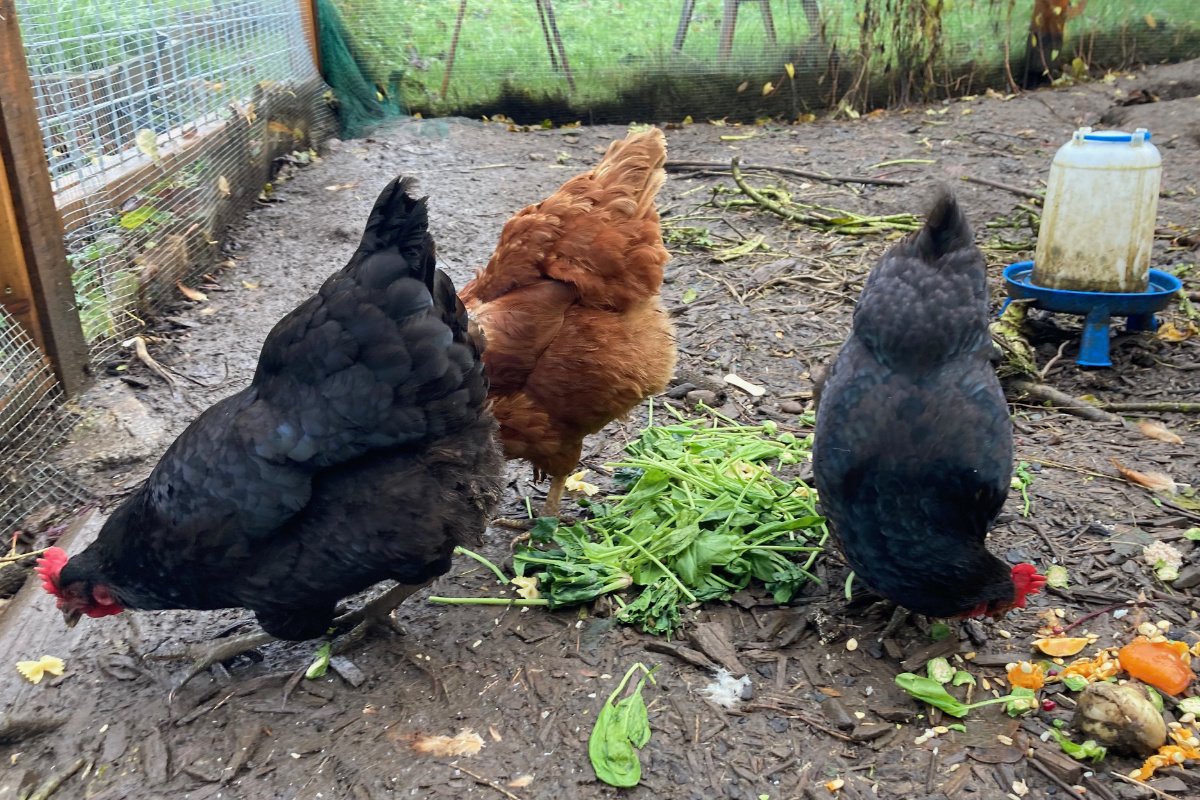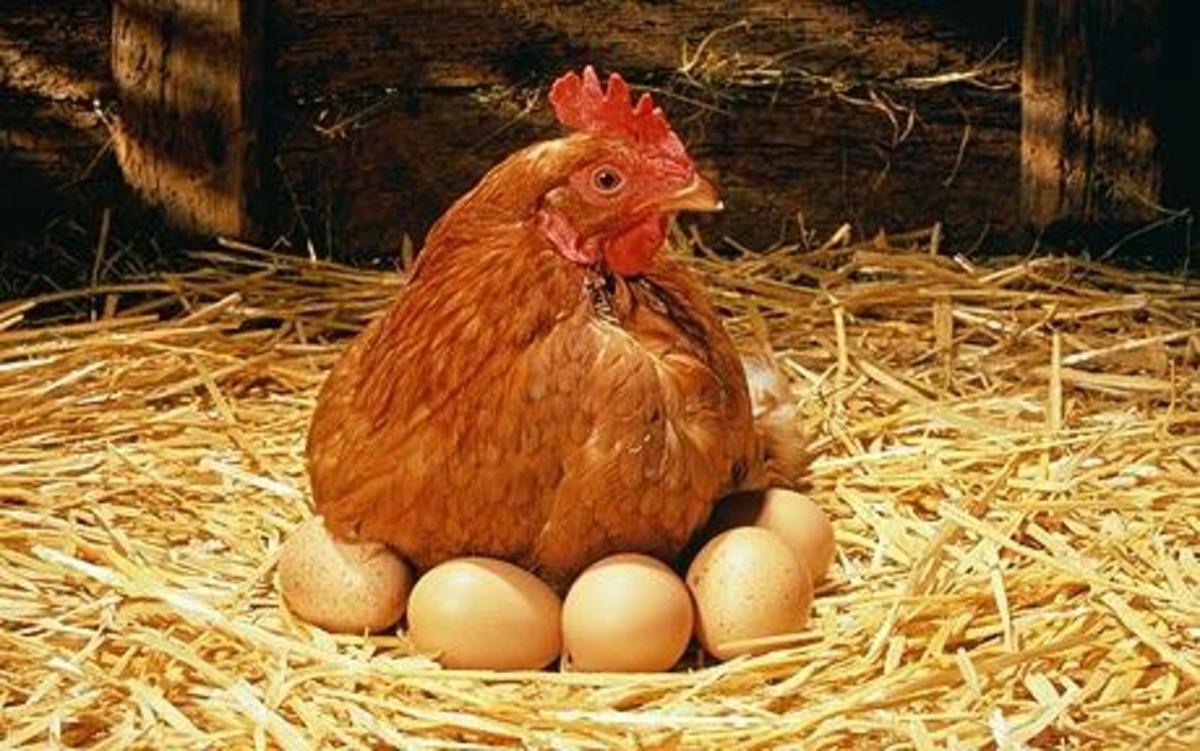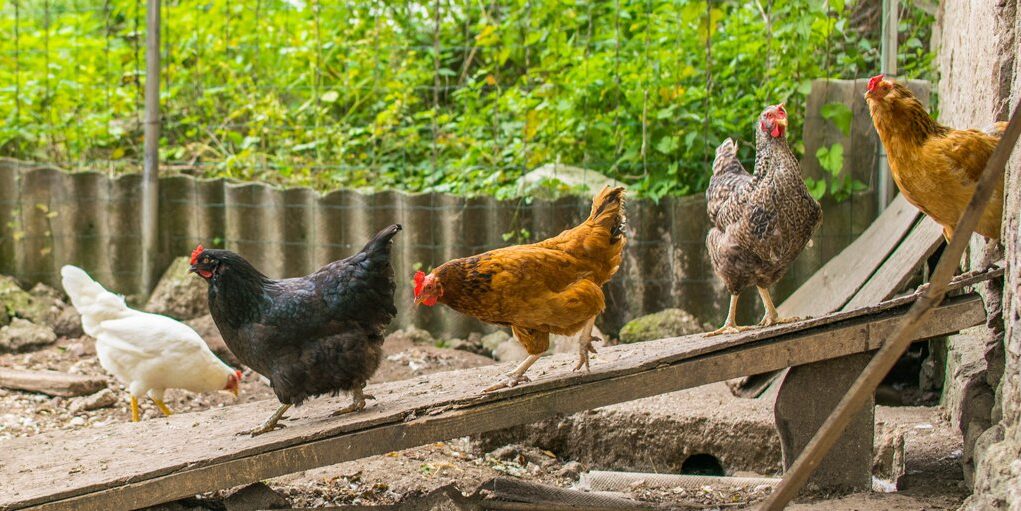For chicken enthusiasts and those new to the world of poultry, designing the best coop for egg layers is crucial. A well-constructed coop not only improves the health and productivity of your hens but also enhances your overall experience as a poultry keeper. In this article, we’ll delve into the key components of the best coop design, ensuring it’s a haven for your egg layers.

The Importance of a Well-Designed Coop
Understanding the role of a coop goes beyond simple shelter. A well-designed coop is pivotal to protecting your hens from predators, providing optimal living conditions, and maintaining their health. When considering the best coop design for egg layers, safety and comfort should be top priorities.
Key Elements of an Ideal Coop Design
1. Size and Space
Each hen should ideally be allotted 2-4 square feet within the coop to move comfortably. Check out egg care tips to ensure your chickens thrive.
2. Ventilation
Proper air circulation helps avoid respiratory issues. Ensure the coop has adequate windows or vents that can open or close based on weather conditions.
3. Insulation and Weatherproofing
To keep hens healthy year-round, the coop must be insulated and weatherproofed against severe weather conditions. This ensures that hens remain comfortable across different seasons.
4. Predatory Protection
Predator-proofing your coop involves using strong materials and locks. More on maintaining healthy chickens can be found here for chicken health.
5. Nesting Boxes
Providing one nesting box for every 3-4 hens encourages laying and prevents competition among them.
Interior Layout and Design
1. Roosting Bars
Chickens like to roost. Provide sturdy bars inside the coop for this purpose.
2. Lighting
Light impacts egg production. In the shorter days of winter, artificial lighting can help maintain steady egg production.
3. Floor Plans
The floor should be easy to clean and maintained using a deep litter method or trays that collect droppings.
Enhancing the Outdoor Environment
Keeping chickens happy often means ensuring their outdoor environment is equally engaging. Learn more about a hybrid vs. heritage layers here for breed insights.
1. Run Space
Allow ample run space for exercise and foraging.
2. Shade and Shelter
Protection from elements while outside is necessary. Utilize tarps or lean-tos.
3. Dust Baths
Essential for removing parasites naturally.
Sourcing Materials for Coop Building
1. Durable Materials
Strong wood and secure wire are recommended. Avoid toxic paint and ensure surfaces are smooth to prevent injury.
2. Cost Efficient Sourcing
Recycled materials can be both budget-friendly and environmentally conscious.
Construction Tips
When constructing your coop, ensure the structure is sturdy and all edges are smooth.

FAQs
What makes a coop good for egg layers?
A good coop provides ample space, ventilation, nesting boxes, and protection against predators.
How much space do egg-laying hens need?
Each hen ideally needs 2-4 square feet inside the coop and additional outdoor space.
What materials are best for building a coop?
Wood and wire mesh are excellent choices, but ensure theyre treated to prevent rot and damage.
A properly designed coop enhances not only the well-being of your hens but also increases their egg production. More insights on egg-related topics can be found here for egg differences. As you embark on your journey of designing or upgrading your coop, consider these elements to ensure your hens are happy and productive.
This article contains affiliate links. We may earn a commission at no extra cost to you.










